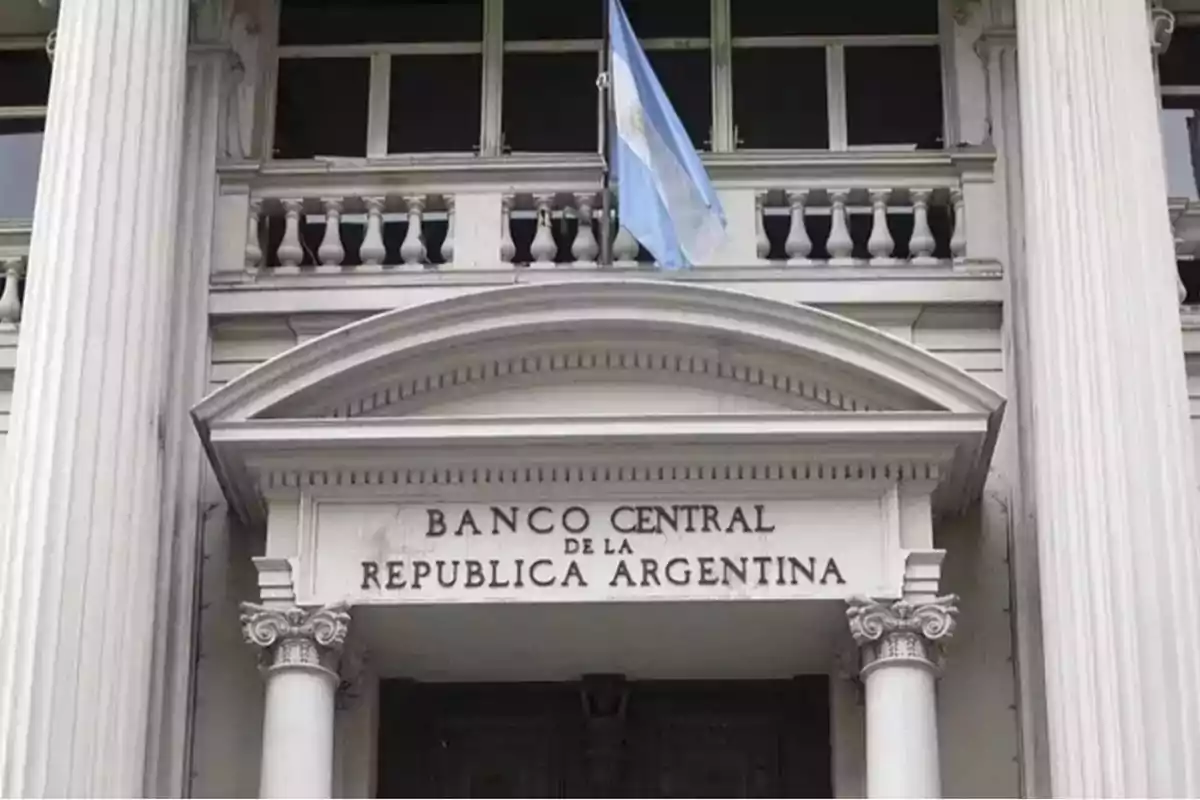
Central Bank reserves reached their highest level since 2023.
International reserves increased by USD 646 million, reaching USD 40.887 billion
Central Bank's international reserves increased by USD 646 million, representing a 1.6% rise, reaching USD 40.887 billion. This is the highest level since February 2, 2023, when they reached USD 41.019 billion.
This increase is explained, in part, by the inflow of USD 500 million corresponding to the issuance of the second series of Bonte 2030 carried out last week, in addition to the revaluation of other assets held by the institution.
The Ministry of Economy received on Monday the USD 500 million issued on June 13. This same operation is expected to be repeated during the current week, for a similar amount, allowing foreign currency to be added to the reserves without the need to intervene in the official foreign exchange market.

This instrument is subscribed in dollars, but its payment is made in pesos. Bonte began to be used on a trial basis at the end of May and has already provided the economic team with an injection of USD 1 billion. The mechanism works as follows: local or foreign investors deliver dollars in exchange for a bond that will be repaid in local currency, offering an interest rate higher than the inflation estimated by the market.
"Meanwhile, as the political scenario is being evaluated, especially the movements of Peronism after the conviction of Cristina Fernández de Kirchner, investors are also closely monitoring the strategy for reserve accumulation," explained economist Gustavo Ber.
"This is because investors assess that a higher level could allow for a faster reduction in country risk, given that it is still about 300 basis points above the regional average, which would be crucial to regain access to the market, and thus refinance future principal maturities," he added.
From another perspective, Maximiliano Gutiérrez, economist at IERAL of Fundación Mediterránea, pointed out: "in order to acquire reserves, the State must buy them either by paying with remunerated debt or by issuing pesos, that is, non-remunerated debt."

He added: "The decision depends on the conjecture as to whether or not there is sufficient demand for money to absorb the pesos that will be injected to buy the dollars. Although the context of peso scarcity would provide room for monetary issuance without generating inflationary pressures, choosing the path of remunerated debt is more conservative."
In turn, financial analysts remain alert to the possibility that undeclared foreign currency currently outside the financial circuit may enter the formal system, which could increase private deposits and, eventually, BCRA's reserves, especially after recent regulatory relaxations.
"It is estimated that about 16,000 dollars could come out from under the mattress. With this move reflected in the 'Historical Savings Reparation Plan for Argentines,' the aim is to boost consumption through the use of those dollars, channeling them into the formal system, especially now that there is no longer a foreign exchange gap," highlighted consulting firm Wise Capital.
"This would represent an increase in gross reserves—and indirectly in net reserves—which helps strengthen Central Bank's firepower," they emphasized.
More posts: